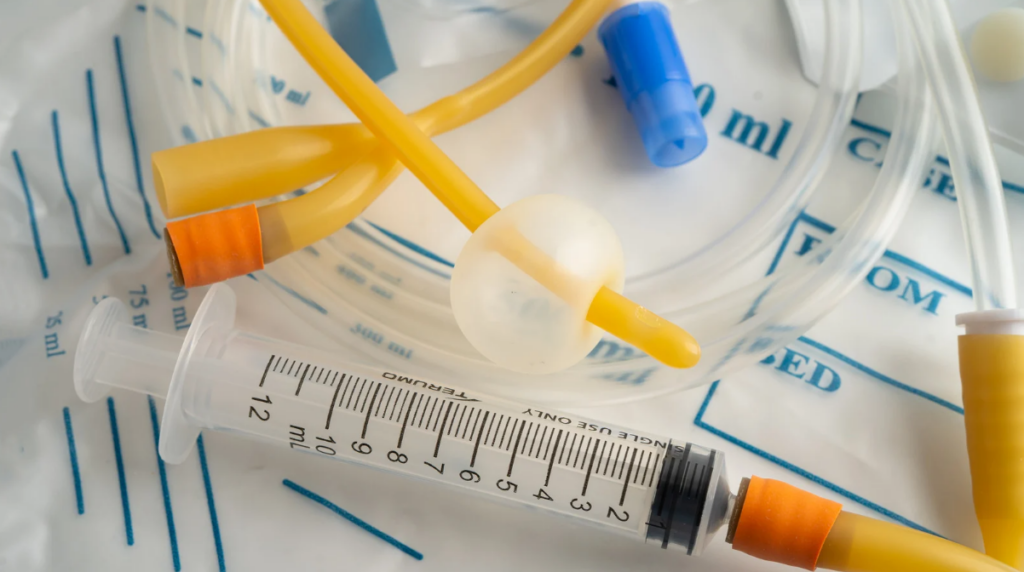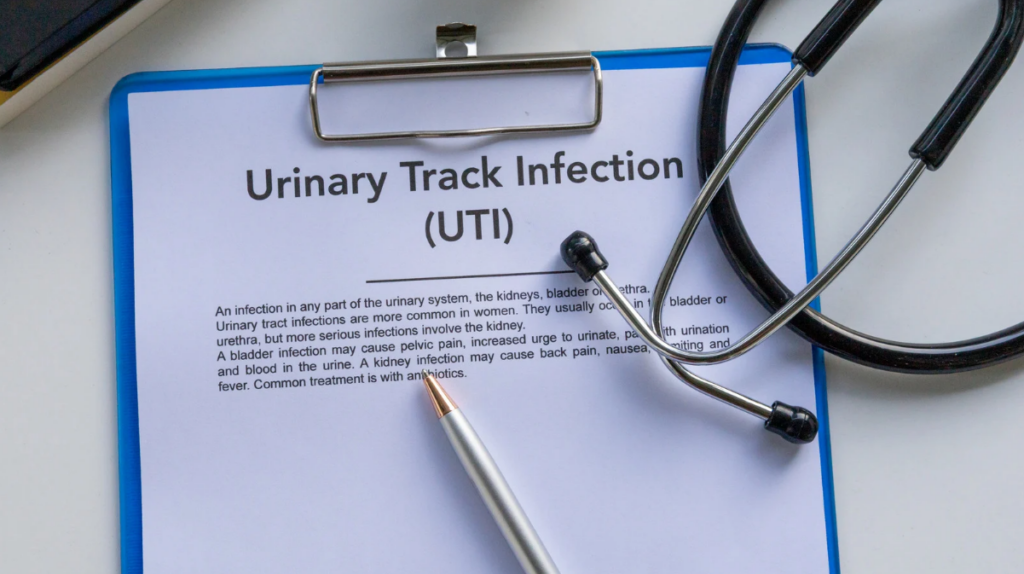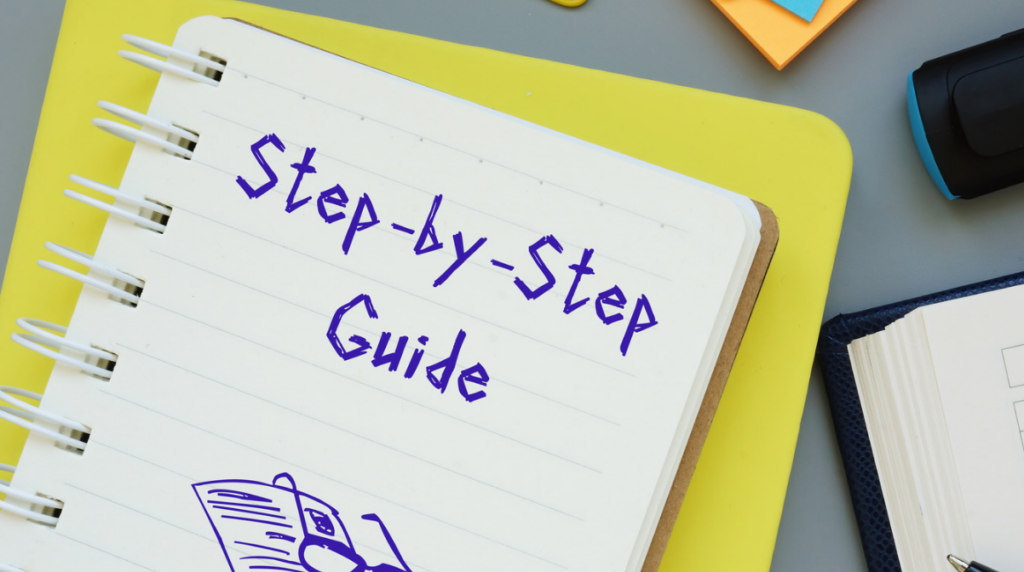Catheters are among the most essential medical tools used to support patients who have difficulty urinating on their own—whether due to surgery, illness, or mobility limitations. While these devices provide tremendous relief and convenience, they also come with an important responsibility: maintaining proper hygiene and care.
Without proper catheter care, patients are at risk for infections, discomfort, and even hospitalization. Catheter-Associated Urinary Tract Infections (CAUTIs) are among the most common complications, yet most are preventable with correct handling, cleaning, and monitoring.
This article aims to educate patients, caregivers, and families about the importance of proper catheter care—how it works, why it matters, what complications to avoid, and how professional skilled nursing support can make a meaningful difference. Whether you are managing care at home or supporting a loved one’s recovery, understanding these principles is key to comfort, safety, and dignity.
Understanding Catheters and Their Purpose
A urinary catheter is a flexible tube inserted into the bladder to drain urine when a person cannot do so naturally. It serves as a vital medical aid for people recovering from surgery, living with chronic conditions, or dealing with mobility limitations.
Why Catheters Are Used
- Urinary retention: When the bladder cannot empty completely on its own.
- Post-surgical recovery: After procedures affecting the bladder, prostate, or abdomen.
- Severe illness or injury: For patients who are bedridden or have spinal cord injuries.
- Chronic conditions: Such as multiple sclerosis, Parkinson’s disease, or prostate enlargement.
Common Types of Catheters
- Indwelling (Foley) Catheter: Stays in the bladder for a period, held by a small balloon to prevent slipping.
- External (Condom) Catheter: Fits over the penis like a condom; often used for men with incontinence.
- Intermittent (In-and-Out) Catheter: Inserted only when needed and removed immediately after draining urine.
- Suprapubic Catheter: Surgically inserted through the abdomen directly into the bladder; used for long-term management.
Each type requires specific handling techniques, but all share one critical principle—hygiene and vigilance are key to safe use and recovery.
Why Proper Catheter Care Matters

Proper catheter care goes beyond routine cleaning—it’s a matter of preventing infections, ensuring comfort, and protecting overall health.
1. Preventing Infections (CAUTIs)
A catheter provides a direct path for bacteria to enter the urinary tract. If not cleaned properly or replaced as directed, this can lead to a Catheter-Associated Urinary Tract Infection (CAUTI). Symptoms include fever, pain, cloudy urine, or foul odor. Regular hygiene and correct handling drastically reduce the risk.
2. Ensuring Patient Comfort
When catheters are secured correctly and cleaned regularly, patients experience less irritation, leakage, and discomfort. Neglect, however, can cause pain, burning sensations, or swelling.
3. Protecting Skin Integrity
Moisture buildup or improper placement can lead to sores and skin breakdown near the insertion site. Clean, dry skin helps maintain comfort and reduces infection risk.
4. Reducing Hospital Readmissions
Infections and blockages are among the most common reasons for hospital returns in catheterized patients. Consistent at-home care and early attention to warning signs can prevent these setbacks.
5. Promoting Dignity and Confidence
For many patients, needing a catheter can feel uncomfortable or embarrassing. Proper care routines restore a sense of cleanliness, privacy, and self-respect.
Common Risks and Complications of Poor Catheter Care

When catheter hygiene or management is neglected, complications can develop quickly. Understanding these risks helps patients and caregivers stay alert.
1. Catheter-Associated Urinary Tract Infections (CAUTIs)
This is the most frequent complication. It occurs when bacteria travel along the catheter and infect the bladder or kidneys. Warning signs include:
- Fever and chills
- Burning or pain in the lower abdomen
- Cloudy, foul-smelling, or bloody urine
- Increased confusion (especially in elderly patients)
2. Blockages or Obstructions
Mineral deposits, debris, or twisting of the tubing can block urine flow, leading to bladder distension and pain. Routine flushing or cleaning as instructed helps prevent this.
3. Skin Irritation and Pressure Sores
Tight taping, moisture, or poor positioning can cause skin damage. Daily inspection and gentle cleaning protect sensitive skin.
4. Accidental Dislodgement
Movement or improper securing may cause the catheter to come loose or pull out, leading to injury or leakage. Securement devices and proper positioning prevent this.
5. Emotional Distress
Persistent odor, leakage, or discomfort can affect confidence and social interactions. Education and reassurance are essential in supporting emotional well-being.
Step-by-Step Guide: How to Maintain Proper Catheter Care

Proper catheter maintenance requires consistency, hygiene, and awareness. Below is a practical guide to keeping catheters clean and functioning safely at home.
1. Daily Hygiene and Cleaning
- Wash your hands thoroughly with soap and water before and after touching the catheter or drainage bag.
- Clean the area around the urethra daily using mild soap and warm water.
- Gently wash from the insertion site outward—never toward the catheter—to avoid introducing bacteria.
- Avoid using powders, ointments, or scented products unless prescribed.
2. Drainage Bag Care
- Keep the drainage bag below the bladder level to prevent backflow of urine.
- Empty the bag when it is about two-thirds full—never allow it to overflow.
- Clean the bag daily using a vinegar or mild bleach solution (as directed by a nurse).
- Alternate between daytime (leg bag) and nighttime (large bag) options, cleaning each before reuse.
3. Catheter Securement
- Use medical tape or a catheter strap to keep the tubing in place and prevent pulling.
- Avoid sharp bends or kinks in the tubing.
- Ensure the catheter is not tugged during movement or sleep.
4. Monitoring for Changes
- Check urine color, clarity, and smell daily.
- Notify a healthcare provider if urine becomes cloudy, bloody, or develops an odor.
- Report symptoms like fever, pain, or reduced urine flow immediately.
5. When to Replace or Remove the Catheter
- Catheter replacement frequency depends on the type and individual needs—always follow medical advice.
- Never attempt to remove or insert a catheter without professional guidance.
- Keep follow-up appointments to ensure proper function and placement.
By following these steps, patients and caregivers can dramatically lower the risk of infection and enhance comfort at home.
Role of Skilled Nursing Professionals in Catheter Care

While family members can assist with daily hygiene, professional oversight from skilled nursing professionals is invaluable. Their training ensures that catheter care is not only effective but also safe and medically appropriate.
1. Expert Monitoring
Nurses regularly assess catheter placement, drainage, and signs of irritation or infection. This helps catch potential problems early.
2. Infection Prevention
Through sterile techniques, nurses minimize the risk of bacterial contamination during insertion or cleaning.
3. Education and Support
Nurses provide step-by-step guidance to patients and families, demonstrating proper hygiene and explaining how to recognize early warning signs.
4. Coordination of Care
They collaborate with physicians, therapists, and caregivers to align catheter management with the patient’s overall health goals and treatment plan.
5. Emergency Assistance
In case of leakage, blockage, or discomfort, skilled nurses can safely intervene or advise whether a physician’s evaluation is needed.
Skilled nursing services bridge the gap between hospital care and home independence, providing both medical expertise and compassionate support.
Family and Caregiver Education

Families play a vital role in maintaining patient comfort and preventing complications. Proper training and confidence can transform catheter care from a stressful task into a manageable daily routine.
1. Empowering Caregivers
Education helps caregivers understand not just the “how” but the “why” behind each step. This knowledge empowers them to act promptly if something feels wrong.
2. Establishing a Care Routine
Creating a consistent cleaning and bag-emptying schedule reduces errors and maintains hygiene.
3. Open Communication
Encourage open dialogue between caregivers, patients, and healthcare providers. Clear communication ensures timely adjustments and prevents misunderstandings.
4. Emotional Reassurance
Many patients feel embarrassed about needing a catheter. A compassionate approach—emphasizing normalcy and privacy—can help maintain dignity and emotional health.
When caregivers are well-informed and supported, patients enjoy greater comfort, safety, and peace of mind.
Signs You Need Professional Help
Recognizing early signs of problems can prevent serious complications. Contact a nurse or healthcare provider immediately if you notice any of the following:
- Fever, chills, or body aches
- Cloudy, dark, bloody, or foul-smelling urine
- Pain or burning around the catheter site
- Redness, swelling, or pus near the insertion area
- Leakage or blockage in the tubing
- Sudden decrease or absence of urine flow
- Catheter dislodgement or balloon deflation
Ignoring these symptoms can lead to infections or kidney complications. When in doubt, it’s always safer to call a healthcare professional for evaluation.
How Genezen Home Health Care Supports Catheter Care

At Genezen Home Health Care Services, catheter care is treated with the utmost precision, compassion, and respect for patient dignity. The goal is not only to maintain the catheter but also to promote comfort, safety, and independence in the home environment.
Our skilled nursing team provides:
- Comprehensive Catheter Management: Regular monitoring, cleaning, and securement to ensure proper function and reduce infection risk.
- Personalized Education: Guidance for patients and families on daily hygiene routines and early warning signs.
- Infection Prevention Strategies: Evidence-based practices to reduce the risk of CAUTIs and other complications.
- Collaborative Care Plans: Nurses coordinate with physicians and therapists to create individualized care strategies that meet each patient’s medical and emotional needs.
At Genezen, the philosophy is simple—every patient deserves to feel comfortable, confident, and cared for. Skilled nursing services are designed to support healing, safeguard health, and enhance quality of life.
To learn more about professional catheter care and skilled nursing support, visit Genezen Home Health Care Services, Inc. or contact their team for compassionate assistance tailored to your needs.
Final Thoughts
Proper catheter care is more than a medical necessity—it’s a cornerstone of patient safety, comfort, and recovery. By maintaining good hygiene, monitoring for warning signs, and seeking skilled nursing support when needed, patients can avoid preventable infections and live more comfortably at home.
Families and caregivers should remember: catheter management doesn’t have to be overwhelming. With the right knowledge, supplies, and professional guidance, it becomes a simple routine that protects health and preserves dignity.
For those needing additional help or reassurance, skilled nursing professionals are always ready to step in—offering expertise, empathy, and peace of mind every step of the way.


